

Articles
How To Install Vine Poles
Modified: January 6, 2024
"Discover two neat vine poles that are perfect for supporting climbing plants and read helpful articles on how to incorporate them into your garden."
(Many of the links in this article redirect to a specific reviewed product. Your purchase of these products through affiliate links helps to generate commission for Storables.com, at no extra cost. Learn more)
Introduction
Welcome to the world of vine growing! If you’re a gardening enthusiast or someone who enjoys cultivating plants, you’re in for a treat. Vine plants, with their sprawling and climbing nature, can add a touch of natural beauty and elegance to any garden. They not only provide lush green foliage but also bear fruits and flowers that can be a feast for the eyes and taste buds.
In this article, we will guide you through the process of installing and securing vine poles for your beloved vines. By providing a sturdy and reliable structure for your vines to grow on, you’ll not only ensure their healthy growth but also create an appealing visual display.
Before diving into the step-by-step process, it’s essential to gather the necessary materials and tools to make the installation smoother. Let’s take a look at what you’ll need:
- Vine poles: These can be wooden or metal poles, depending on your preference and the type of vine you’re growing.
- String or wire: This will be used to train the vines along the poles.
- Hammer or mallet: Necessary for driving the poles into the ground.
- Tape measure: To ensure accurate placement and spacing of the poles.
- Garden gloves: Protect your hands while working.
Once you have these items ready, let’s move on to the first step: choosing the right location for your vine poles.
Key Takeaways:
- Create a sturdy foundation for your vine garden by choosing the right location, preparing the ground, and installing secure vine poles. Proper maintenance and care will ensure a bountiful and visually stunning harvest.
- Train your vines to climb and grow along the structure, maximizing sunlight exposure and airflow. Regular maintenance, including watering, fertilization, pruning, and pest control, will keep your vines healthy and productive.
Materials and Tools Needed
Before you begin the process of installing vine poles, it’s essential to gather all the necessary materials and tools. Having everything on hand will make the process smoother and more efficient. Here’s a list of materials and tools you’ll need:
- Vine poles: These can be wooden or metal, depending on your preference and the type of vine you’re growing. Wooden poles have a natural and rustic look, while metal poles offer durability and longevity.
- String or wire: This will be used to train the vines along the poles. Choose a string or wire that is strong enough to support the weight of the growing vines and fruits.
- Hammer or mallet: You’ll need a hammer or mallet to drive the poles into the ground. Make sure it’s sturdy enough to handle the task effectively.
- Tape measure: This will come in handy for measuring and spacing the poles accurately. It will ensure that the vines have enough room to grow and spread.
- Garden gloves: Protect your hands from splinters, sharp edges, and any potential injuries while handling the poles and working in the garden.
Once you have collected all the necessary materials and tools, you’re ready to begin the installation process. With these items in hand, you’ll be well-prepared to create a strong and stable structure for your vines to grow and flourish.
Now that you have everything you need, let’s move on to the step-by-step process of installing vine poles in your garden.
Step 1: Choosing the Right Location
The success of your vine planting venture depends heavily on selecting the right location for your vine poles. The ideal location should provide optimal sunlight, sufficient space for the vines to grow, and suitable soil conditions. Follow these guidelines to choose the perfect spot in your garden:
- Sunlight: Vines thrive in full sun, so choose a location that receives at least 6-8 hours of direct sunlight each day. Avoid shady areas or spots that are obscured by trees or buildings.
- Space: Ensure that the chosen location has enough space for the vines to sprawl and climb. Consider the mature size of the vine and its growth habit. Give the vines ample room to spread their foliage and avoid overcrowding.
- Soil: The soil should be well-draining to prevent waterlogged roots. If you have heavy clay soil, consider improving it with organic matter and creating raised beds to ensure proper drainage.
- Access: Choose a location that allows easy access for maintenance, pruning, and harvesting. You’ll want to avoid planting the vines in a spot that is difficult to reach or requires unnecessary obstacles to navigate.
By carefully assessing these factors, you’ll be able to find the ideal location for your vine poles, setting the stage for healthy and productive vine growth. Once you’ve chosen the perfect spot, it’s time to move on to the next step: preparing the ground.
Step 2: Preparing the Ground
Before you start installing your vine poles, it’s crucial to prepare the ground properly. Proper preparation will ensure a stable foundation for the poles and promote healthy root growth for your vines. Follow these steps to prepare the ground:
- Clear the area: Remove any existing vegetation, rocks, or debris from the chosen location. This will provide a clean and unobstructed space for your vine poles.
- Loosen the soil: Use a garden fork or spade to gently loosen the soil in the area where the vine poles will be installed. Loosening the soil will improve its structure, allowing for better drainage and root penetration.
- Amend the soil (if necessary): If your soil is poor in quality or lacks essential nutrients, consider adding organic matter, such as compost or well-rotted manure. Incorporating organic matter will enrich the soil and provide a nutrient-rich environment for your vines.
- Level the ground: Use a rake to level the ground and ensure a smooth surface. This will aid in the proper placement and stability of the vine poles.
- Mark the pole locations: Use a measuring tape or step back and visually determine the desired spacing between the vine poles. Mark the locations where the poles will be installed, ensuring an even and symmetrical arrangement.
With the ground properly prepared, you are now ready to move on to the exciting part: installing the first vine pole. This step will lay the foundation for a strong support structure for your vines. Let’s continue to the next step!
Step 3: Installing the First Vine Pole
Now that you have chosen the right location and prepared the ground, it’s time to start installing the vine poles. The first pole will serve as an anchor, providing support for the vines and setting the framework for your vine trellis or arbor. Follow these steps to install the first vine pole:
- Determine the depth: Measure the height of the vine pole and determine how deep it needs to be planted in the ground. Ideally, the pole should be buried at least one-third of its length to ensure stability.
- Position the pole: Align the first vine pole with the marked location and hold it firmly in place.
- Drive the pole into the ground: Use a hammer or mallet to drive the vine pole into the ground. Start by creating a pilot hole with a wooden stake or the end of the pole itself to prevent splitting. Then, apply firm and steady pressure to drive the pole into the ground until it reaches the desired depth.
- Check for stability: After installing the first vine pole, check for stability by gently shaking it. If it wobbles or feels loose, remove it and drive it deeper into the ground or add stabilizing materials like gravel or concrete at the base.
Repeat this process for any additional poles you plan to install. Remember to maintain consistent spacing between the poles to ensure even growth and support for your vines. Installing the first vine pole is a significant milestone in creating a solid structure for your vines to thrive.
With the first pole securely in place, let’s move on to the next step: installing the second vine pole. This will further strengthen the support system and provide a balanced framework for your vine plants.
When setting up two neat vine poles, make sure they are placed at least 6-8 feet apart to allow the vines to have enough space to grow and spread. This will help prevent overcrowding and promote healthy growth.
Read more: How To Hang Vines From The Ceiling
Step 4: Installing the Second Vine Pole
With the first vine pole securely in place, it’s time to install the second pole. The second pole will complement the first, creating a sturdy framework for your vines to climb and grow. Follow these steps to install the second vine pole:
- Determine the spacing: Measure and mark the desired distance between the first and second vine poles. This will depend on the growth habit of your vine and the desired aesthetics of your structure.
- Position the second pole: Align the second vine pole with the marked location, ensuring it is parallel to the first pole.
- Drive the pole into the ground: Use a hammer or mallet to drive the second vine pole into the ground. Follow the same technique as you did for the first pole, creating a pilot hole and applying firm pressure to secure it.
- Check for alignment and stability: Once the second pole is installed, step back and ensure that both poles are aligned and parallel. Gently shake the poles to check for stability. Adjust as necessary to ensure they are firm and secure.
Repeat this process if you plan to install additional vine poles. Each pole adds strength and stability to your structure, allowing the vines to grow and thrive without risk of collapsing.
With the second vine pole in place, it’s time to move on to the next step: securing the vine poles. This step ensures that the poles remain stable and provides a reliable support system for your vines.
Step 5: Securing the Vine Poles
Now that you have installed the vine poles, it’s time to secure them to ensure stability and longevity. Securing the poles will prevent them from shifting or falling over due to strong winds or the weight of the growing vines. Follow these steps to secure the vine poles:
- Attach wire or string: Start by attaching a durable wire or string to the top of one pole. Wrap it around the pole a few times and tie it securely. Then, extend the wire or string to the top of the adjacent pole and repeat the process.
- Create a zigzag pattern: Continue looping the wire or string between the two poles, creating a zigzag pattern. This will provide additional support and prevent the poles from leaning or swaying.
- Tie off the end: Once you reach the bottom of the poles, tie off the end of the wire or string securely. You can use a knot or twist it around the base of the poles to ensure it stays in place.
Ensure that the wire or string is taut but not too tight, as it should allow some flexibility for the vines to grow and expand. Regularly check the tension and make adjustments as the vines mature and add weight to the structure.
In addition to securing the poles with wire or string, you can also use anchor stakes or braces for added stability. These can be driven into the ground at an angle, attaching them to the poles for extra reinforcement. This is especially useful in areas with strong winds or if you’re growing heavy fruiting vines.
By properly securing the vine poles, you’re providing a solid support structure that will keep your vines safe and thriving. Now that the poles are secured, let’s move on to the next step: training the vines.
Step 6: Training the Vines
Now that the vine poles are installed and secured, it’s time to train your vines to climb and grow along the structure. Properly training the vines will help them maximize sunlight exposure, improve airflow, and create an attractive display. Follow these steps to train your vines:
- Select the strongest vine shoots: Identify the healthiest and most vigorous vine shoots to train. These are usually the ones closest to the base of the plant.
- Tie the vines to the structure: Gently guide the selected vine shoots towards the first vine pole. Use soft plant ties or garden twine to loosely secure the vines to the poles. Avoid tying them too tightly to allow for growth and movement.
- Encourage lateral growth: As the vine continues to grow, encourage lateral shoots to develop by removing the growing tip of the main vine. This will promote branching and create a fuller, more bushy vine structure.
- Continue training along the poles: As the lateral shoots develop, guide them along the wire or string that connects the poles. Spread them out evenly, allowing space for airflow and sunlight to reach all parts of the vine.
- Prune as needed: Throughout the growing season, regularly prune any excessive growth or damaged foliage to maintain the shape and health of the vines.
Remember to be gentle when training the vines and avoid causing any damage or stress to the plant. Check the ties regularly and adjust them as the vines grow and thicken. Additionally, make sure to remove any suckers or unwanted shoots that may appear along the main stem.
By training your vines to climb and grow along the structure, you’ll create a beautiful and organized display while optimizing their growth potential.
Now that the vines are properly trained, let’s move on to the final step: maintenance and care tips to ensure the long-term success of your vine garden.
Step 7: Maintenance and Care Tips
To ensure the long-term health and productivity of your vine garden, it’s important to provide regular maintenance and care. Follow these tips to keep your vines thriving:
- Watering: Vines generally require regular watering, especially during hot and dry periods. Water deeply and evenly, allowing the soil to dry out slightly between waterings. Avoid overwatering, as this can lead to root rot or other water-related issues. Consider using a drip irrigation system to provide consistent moisture to the vines.
- Fertilization: Depending on the specific vine variety and soil conditions, you may need to fertilize your vines. Use a balanced organic fertilizer according to the manufacturer’s instructions, preferably in the early spring or late winter. Avoid excessive use of nitrogen-rich fertilizers, as this can promote foliage growth at the expense of fruit production.
- Pruning: Regular pruning is essential to remove dead or diseased wood, improve air circulation, and maintain the desired shape and size of the vine. Prune during the dormant season or in early spring before new growth begins. Consult specific pruning guidelines for your vine variety to ensure correct timing and technique.
- Pest and disease control: Monitor your vines regularly for signs of pests or diseases. Common vine pests include aphids, spider mites, and scale insects. Treat infestations promptly using organic insecticides or natural pest control methods. Proper sanitation, good airflow, and regular inspection are key to preventing and managing diseases such as powdery mildew or fungal infections.
- Harvesting: Depending on the type of vine you’re growing, be sure to harvest fruits or flowers at the appropriate stage of ripeness. This will vary among vine varieties, so consult specific guidelines for harvesting times and methods. Proper harvesting encourages further fruit production and prevents over-ripening or spoilage.
By following these maintenance and care tips, you’ll help your vines stay healthy and productive throughout the growing season.
Congratulations! You have now successfully installed and cared for your vine poles, creating a beautiful and functional structure for your vines to thrive. With proper maintenance and attention, your vine garden will provide you with bountiful harvests and a stunning visual display for years to come.
Enjoy the beauty and rewards of your vine garden!
Read more: How To Repair A Trampoline Pole
Conclusion
Congratulations on successfully installing vine poles and creating a sturdy support system for your vines! By following the step-by-step process outlined in this article, you have laid the foundation for a thriving and beautiful vine garden.
Choosing the right location, preparing the ground, and installing the vine poles were essential steps in creating a stable structure for your vines to climb and grow. Securing the poles and training the vines along the structure will ensure their proper growth and maximize their productivity.
Remember to provide regular maintenance and care for your vines. Proper watering, fertilization, pruning, and pest control are vital for their long-term health. Harvesting the fruits or flowers at the right stage of ripeness will reward you with a delicious and visually appealing bounty from your vine garden.
Whether you’re growing grapes, passionfruit, kiwi, or any other vine variety, the knowledge and skills you have gained from this article will set you on the path to success. With patience, dedication, and a little bit of gardening know-how, your vine garden will flourish and bring joy for years to come.
So, grab your gardening gloves and get ready to enjoy the beauty, abundance, and flavors that your vine garden will provide. Happy cultivating!
Frequently Asked Questions about How To Install Vine Poles
Was this page helpful?
At Storables.com, we guarantee accurate and reliable information. Our content, validated by Expert Board Contributors, is crafted following stringent Editorial Policies. We're committed to providing you with well-researched, expert-backed insights for all your informational needs.
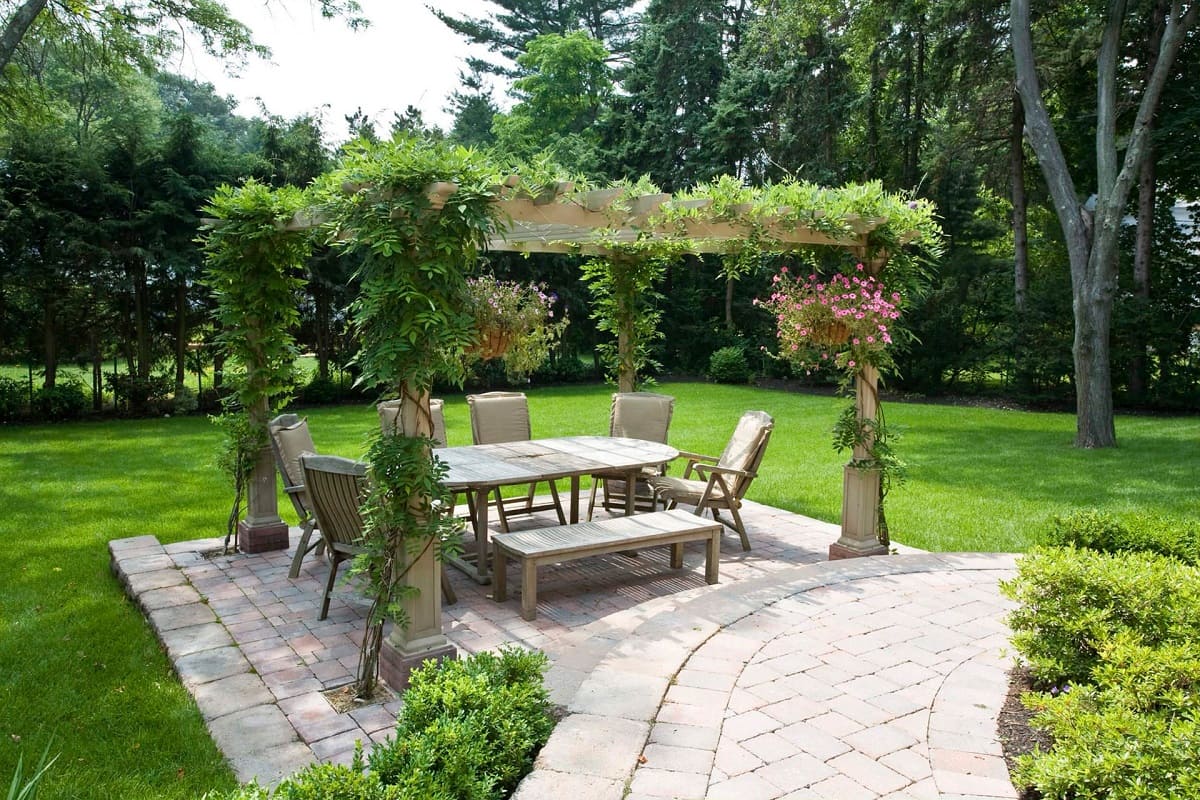

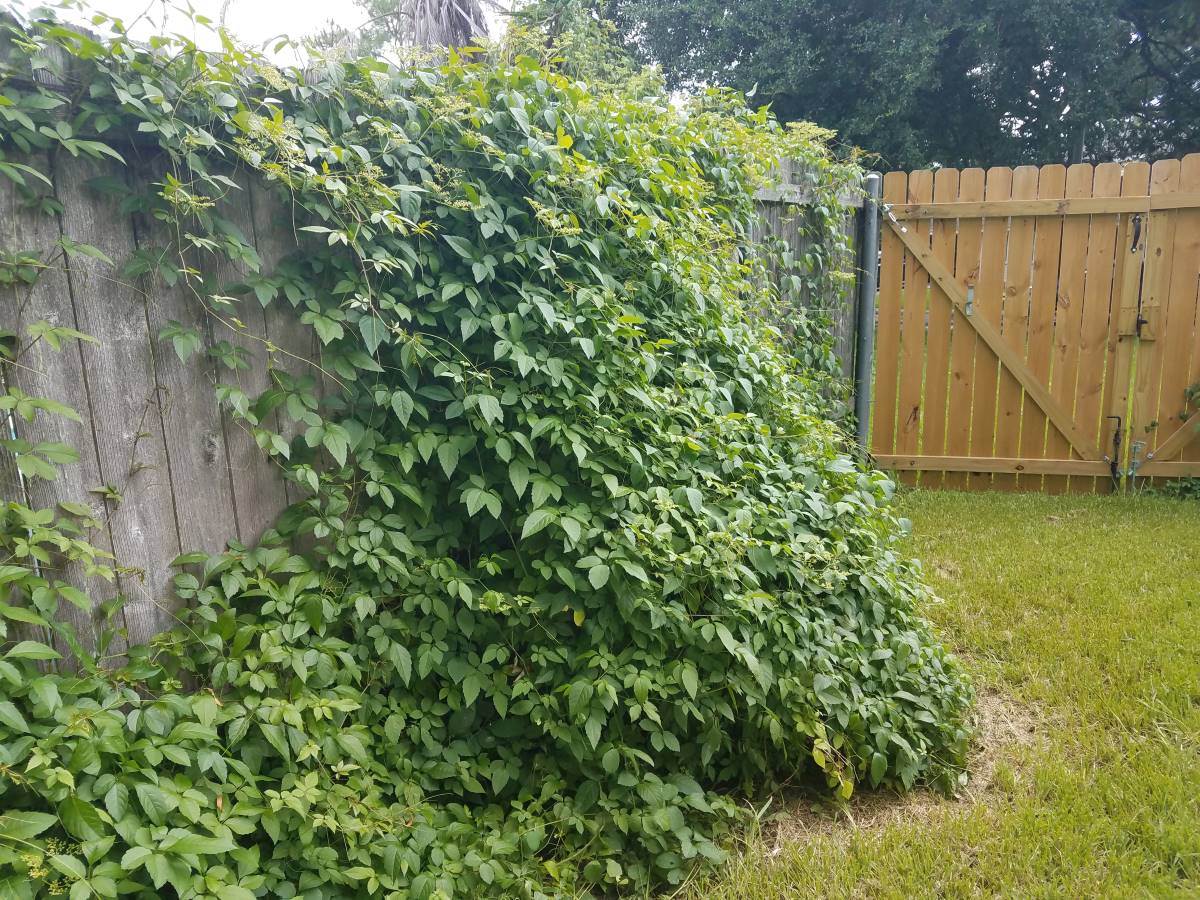

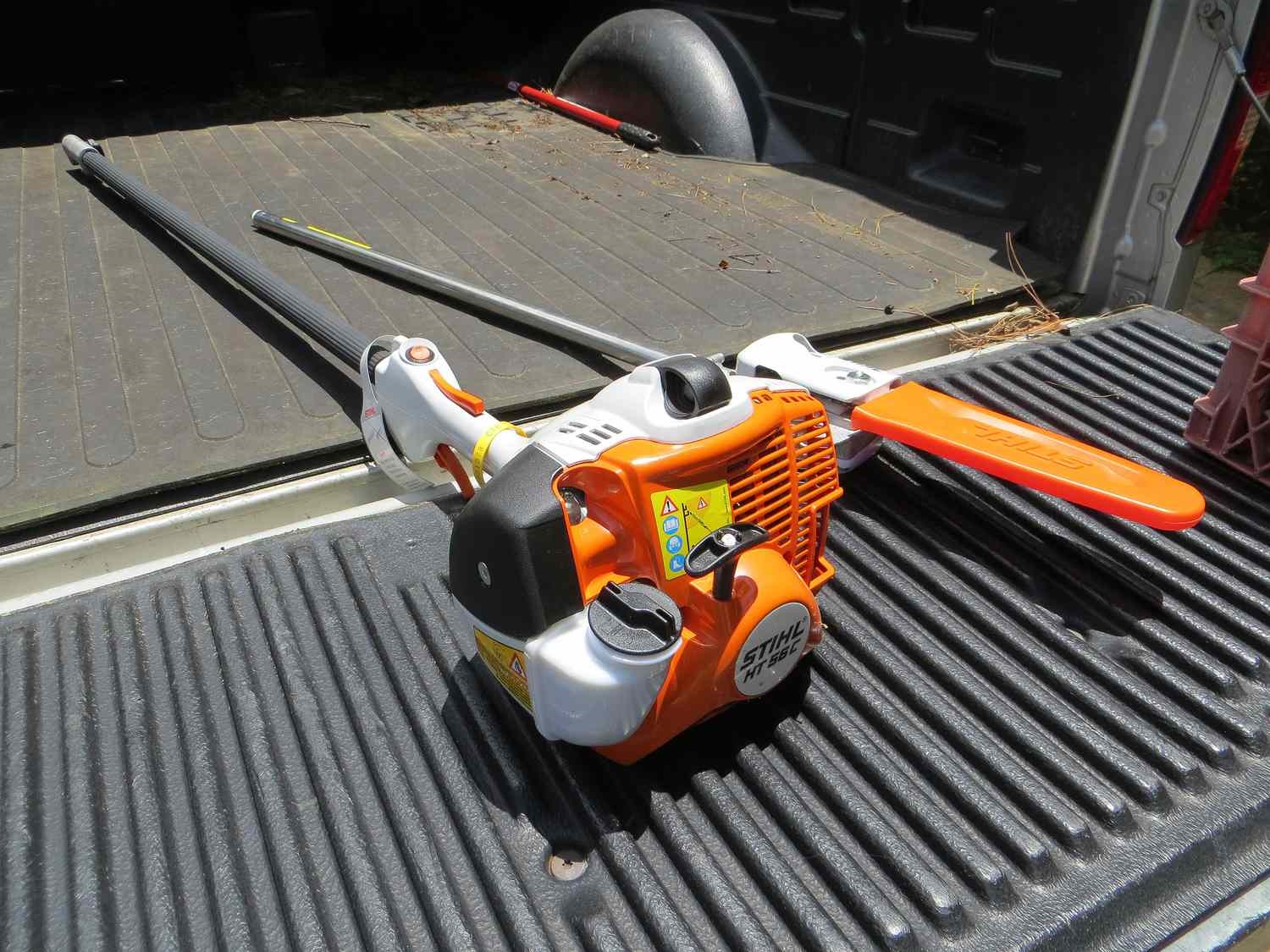
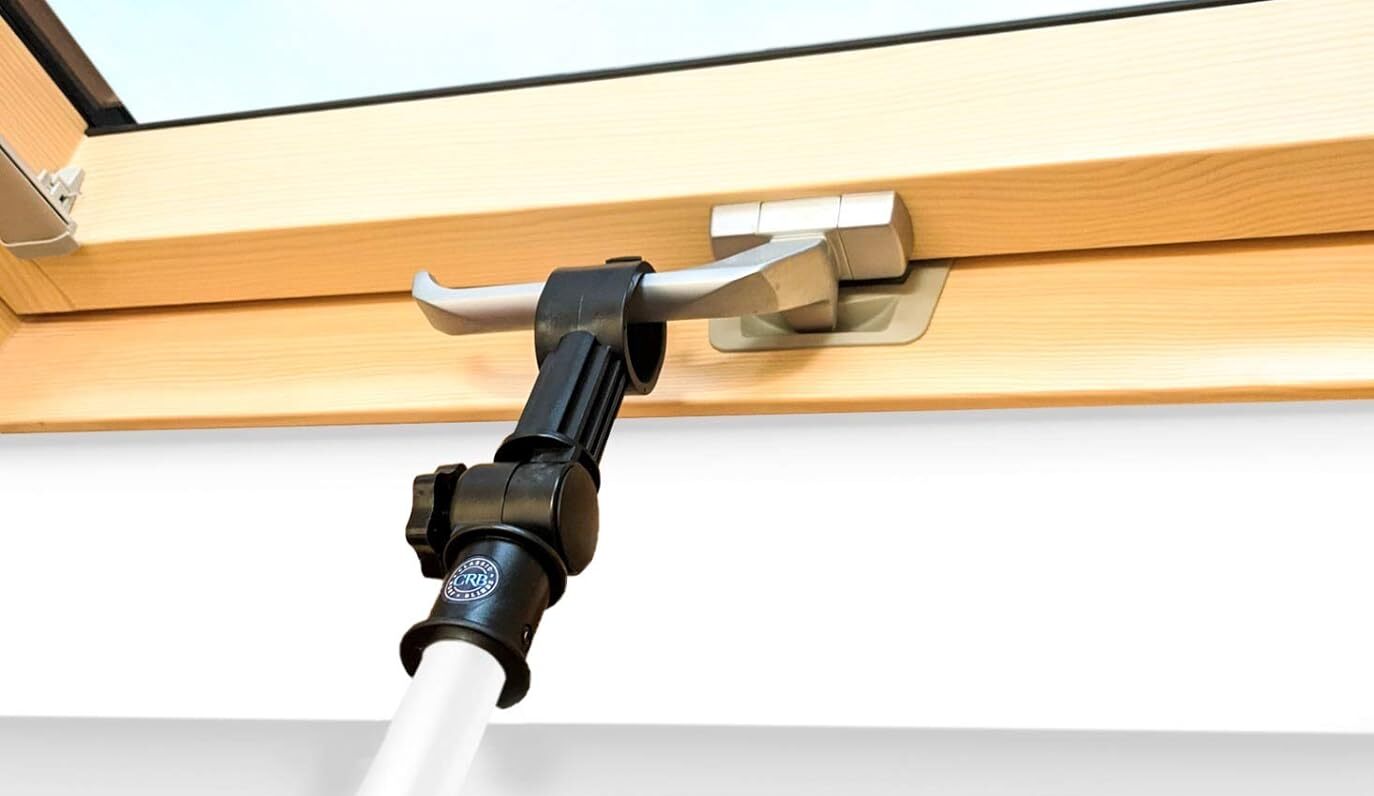
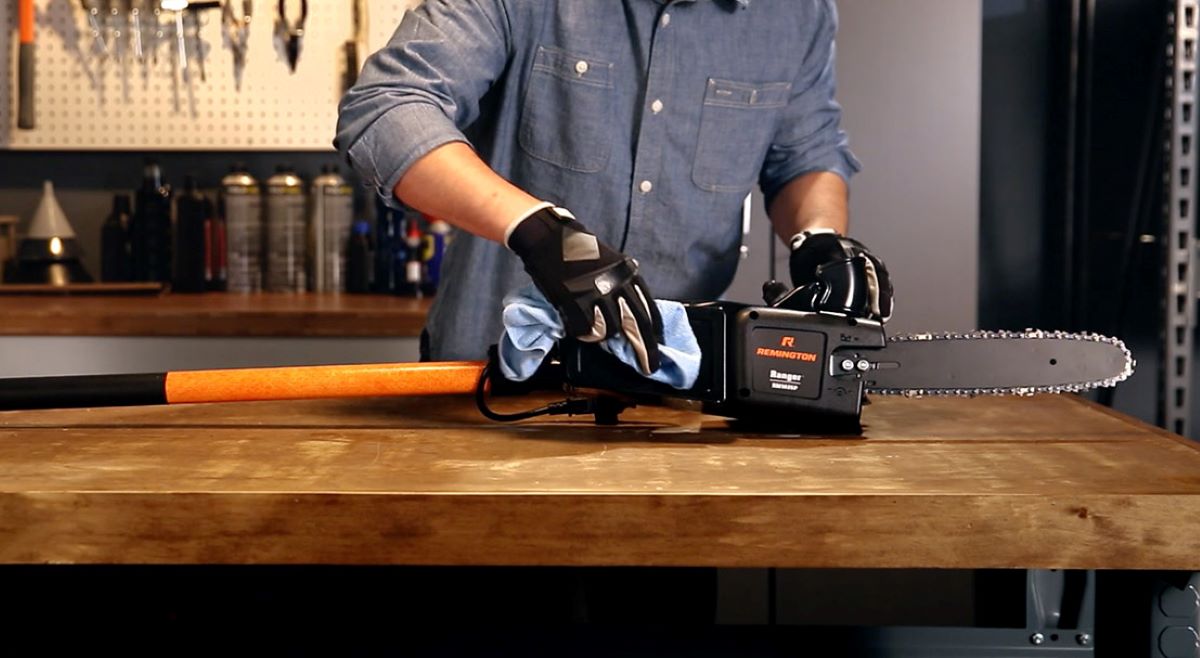
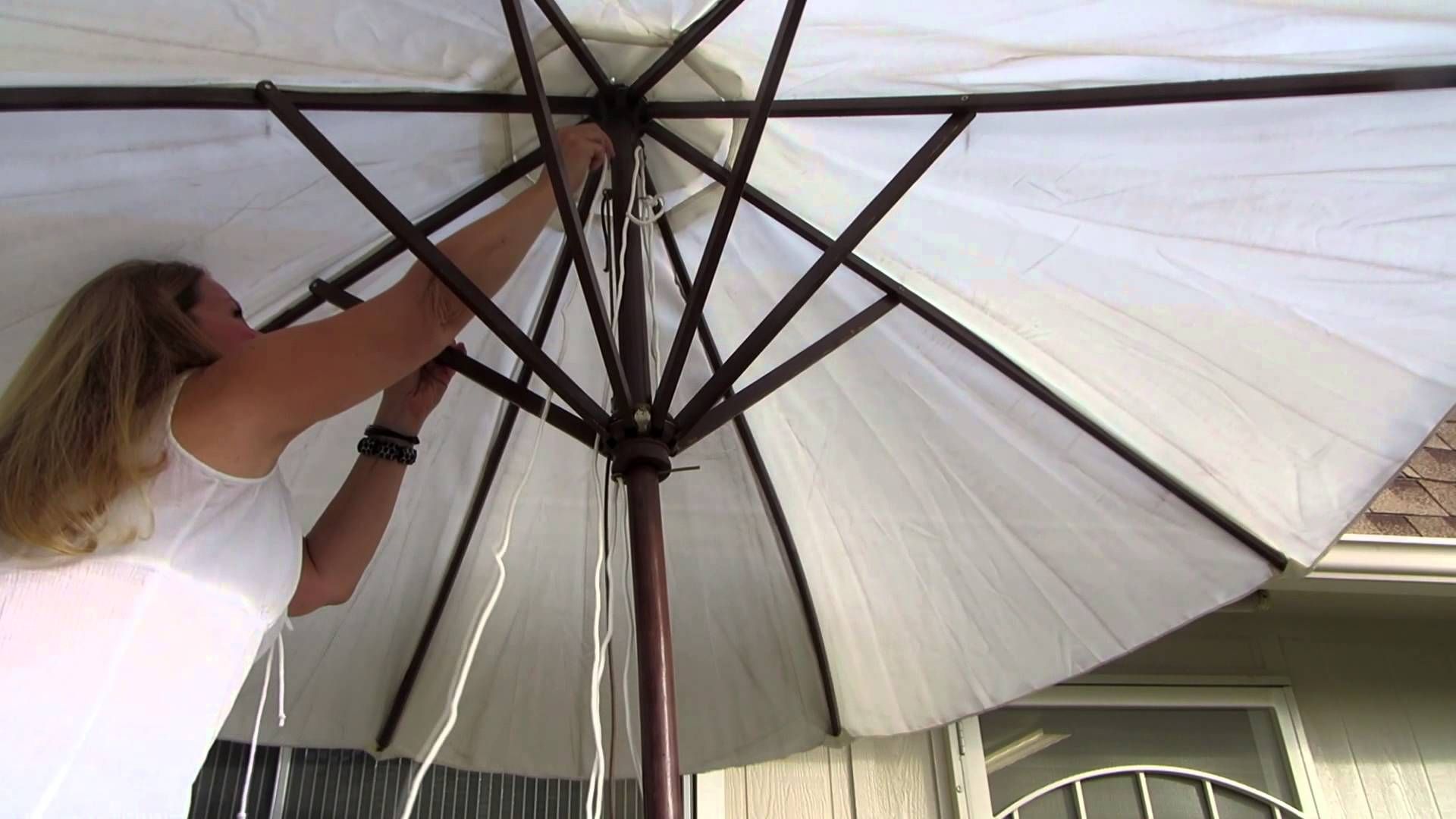
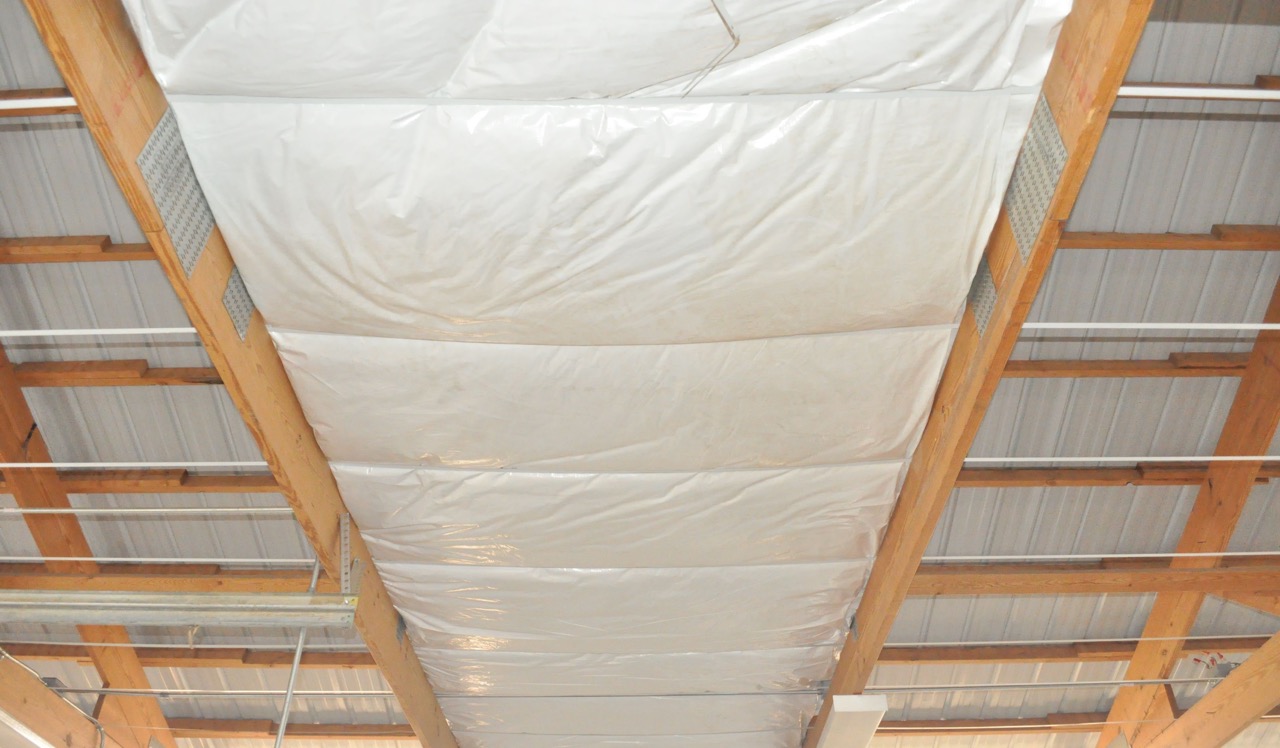
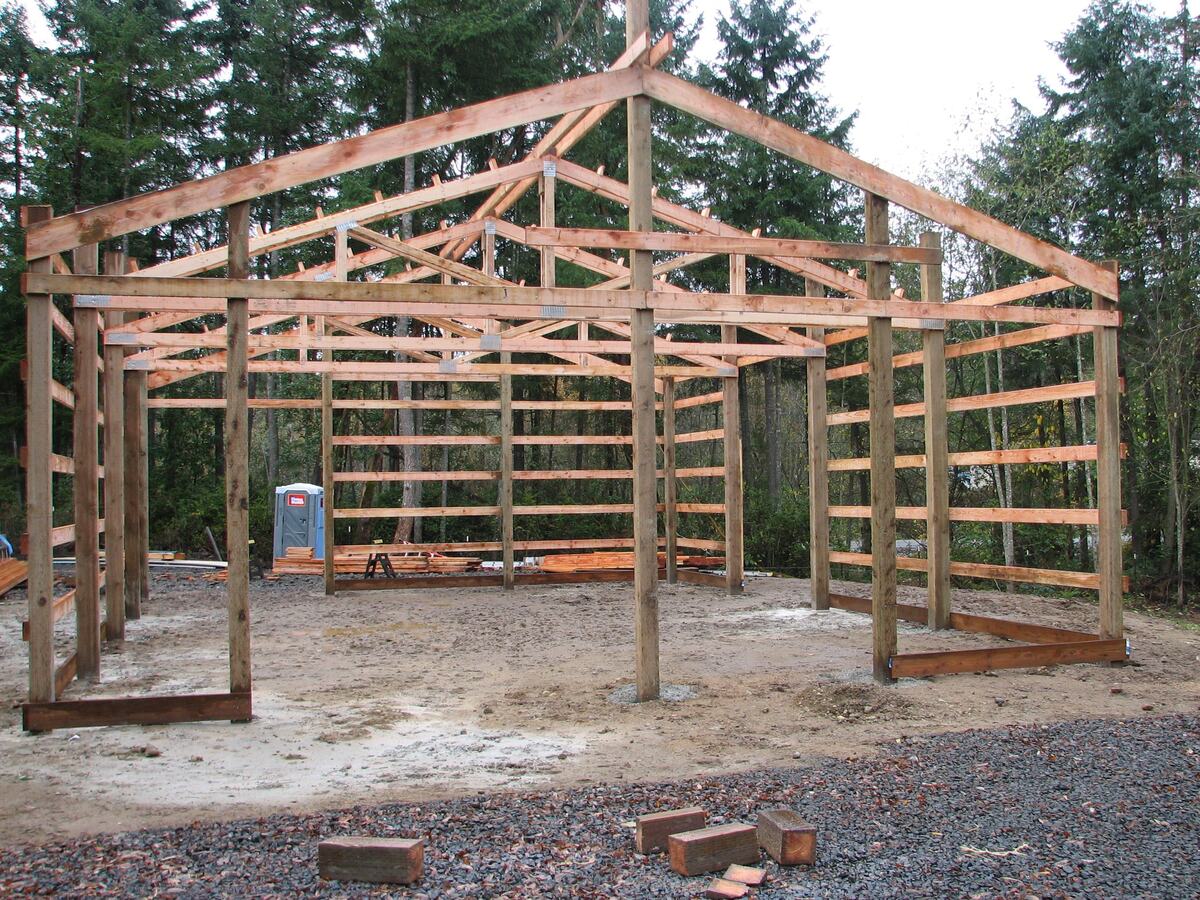




0 thoughts on “How To Install Vine Poles”